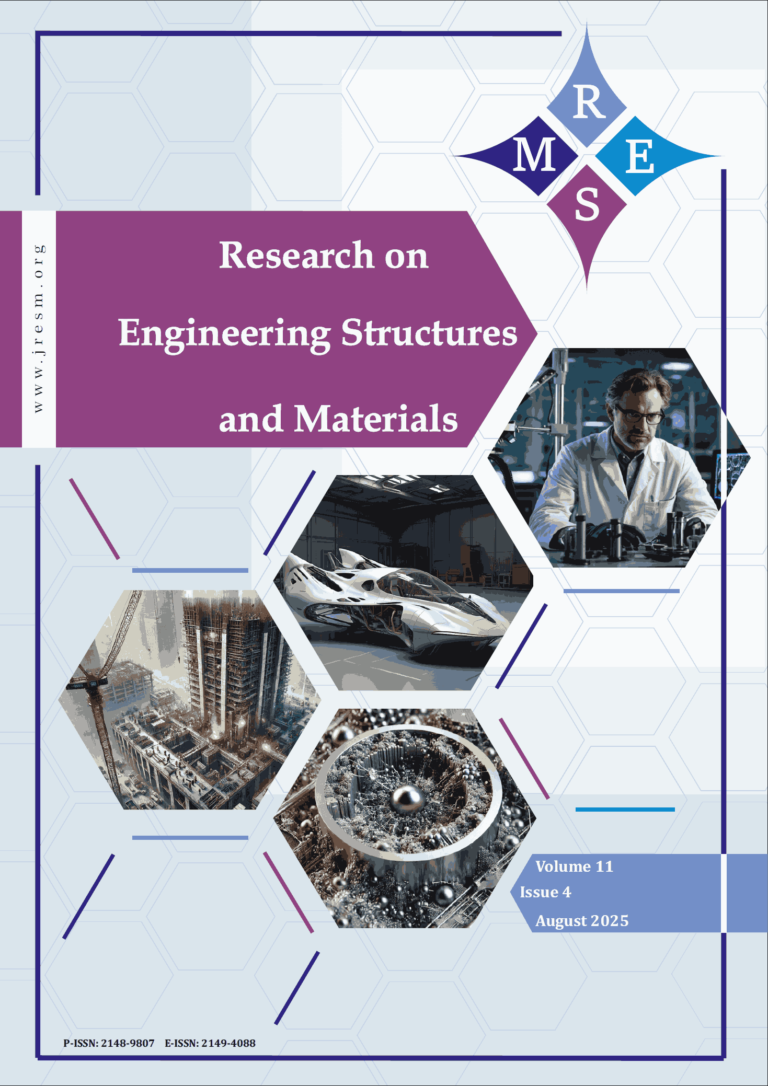Steel fiber reinforced self-compacting concrete (SFRSCC) has improved fresh and hardened state properties compared to conventional concrete. Nonetheless, experimentally validated tools to model its flexural capacity are still required to encourage its massive application in civil infrastructure. This research assessed the maximum bending moment (Mu) of SFRSCC beams in four-point loading using an Artificial Neural Network (ANN). The experimental program considered water-binder ratios (w/b) from 0.40 to 0.60 and steel fiber ratios (%F) from 0.00% to 1.00% in volume. Compressive and tensile behaviors were obtained by combining constitutive models based on uniaxial compression and double-punching Barcelona tests. A modification to the existing Barcelona test constitutive model is proposed to improve post-peak stress prediction. To increase the amount of data needed for proper training of the ANN, non-linear finite element analyses (NLFEAs) were executed through commercial software. NLFEAs were fed using the constitutive relationships from tests. ANN inputs were w/b, and %F, and the output was Mu. Different ANN architectures were evaluated and trained using Momentum Back-Propagation, Particle Swarm Optimization, and Gravitational Search Algorithm (GSA). Results showed that the ANN trained with GSA accurately predicted (R2=0.99) the Mu.
